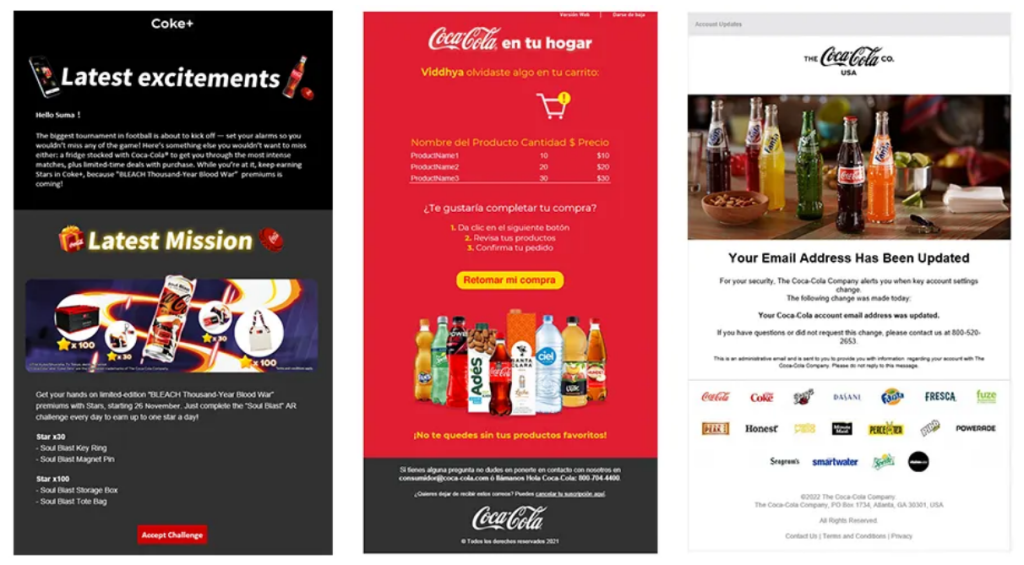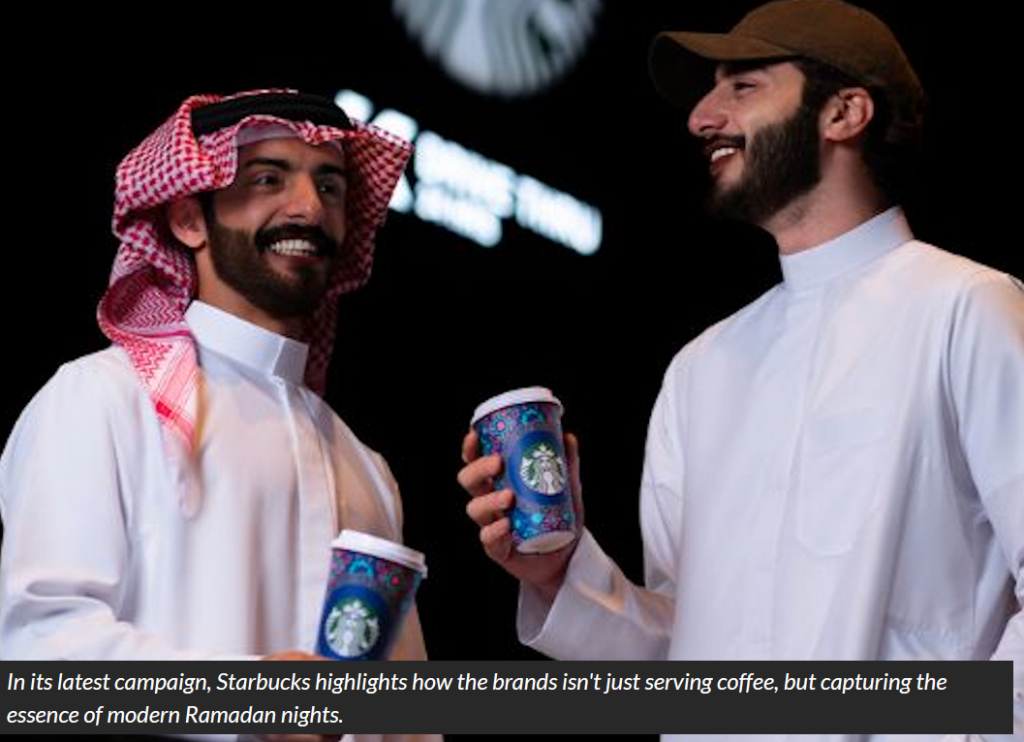- Home
- Science-Backed Marketing Insights
- Localization in Marketing: How ...

In marketing, there is no such thing as one-size-fits-all, or at least there should not be. This becomes especially clear the moment your campaign crosses a border. Even when the product or message stays the same, people in different countries react differently, interpret things differently, and make decisions for different reasons.
This is why the concept of cultural psychology—the study of how cultural context shapes human behavior—is so essential in today’s interconnected world. International brands that fail to respect local norms and expectations often find themselves ignored—or worse—rejected.
This may sound complicated—and, truth be told, it does require research and adaptation to get each cultural code right. But there are frameworks that help us make sense of it. One of the most widely used is Hofstede’s Cultural Dimensions Theory. Based on decades of cross-cultural research, it outlines six core dimensions that explain how cultures differ in communication, hierarchy, risk tolerance, and emotional expression.
In this article, we’ll explore what localization in marketing truly means. We’ll unpack the science behind cultural dimensions, connect them with real-world brand examples, and show how applying these insights can transform the impact of global campaigns.
What Is Localization in Marketing?
Localization in marketing refers to adapting your content and strategy to a specific local audience’s culture, language, and norms—and it goes far beyond word-for-word translation. For example, simply translating an email into Spanish or Chinese is not enough—you need to make sure the message feels native and relevant to that culture’s values and idioms. So, while translation converts text from one language to another, marketing localization adjusts tone, messaging, images, and even timing to align with local cultural expectations.
It also means considering local holidays, units of measure, and color symbolism. For example, Western audiences associate white with purity, whereas in some Asian cultures, white represents mourning. Aligning these elements with the cultural code of a target market allows companies to be successful while preserving their individuality.
Real-world cases underscore the impact of localization in marketing. Among some of the most famous successful examples can be named McDonald’s, which adapted its offerings and ads to local tastes—for instance, introducing a McSpicy Paneer burger in India to respect local dietary preferences. Conversely, some companies, like KFC, represent failed marketing localization campaigns. Its famous motto, “Finger lickin’ good,” without proper adaptation, sounded in Chinese as “Eat your fingers off,” sending an unintentionally horrific message to the audience.
Cultural Psychology Meets Email Marketing
Why is localization so important? Because cultural context has always shaped how consumers perceive, interpret, and respond to messages. In the late 20th century, Dutch social psychologist Geert Hofstede formalized a framework that gave marketers a vocabulary to explain these behavioral differences. His six cultural dimensions, based on survey data from IBM employees in over 70 countries, offered early empirical evidence that national culture affects not only institutional systems but also everyday decision-making.
Hofstede cultural model

📌 Individualism vs. collectivism
Cultures differ in how they structure the relationship between the individual and the group. In individualistic societies, such as the United States or Australia, self-expression and personal achievement are highly valued. Marketing in these contexts often centers on autonomy and uniqueness. That is why Nike’s “Just Do It” campaign, which celebrates personal determination and transformation, resonates so well with individualistic cultures across the globe.

In collectivist cultures, such as Japan or Colombia, identity is more relational. Appeals to family, community, or the group as a whole tend to perform better. The study about culture value and family connections in Vietnamese advertising highlights that advertisements emphasizing family connections resonate strongly with Vietnamese audiences, reflecting the collectivist nature of the culture. Samsung’s family-focused campaigns in Asian markets regularly reflect this understanding, emphasizing connection over individuality.
📌 Power distance
The concept of power distance describes how societies handle hierarchy and authority. In high power distance cultures like India, Malaysia, or the UAE, people tend to defer to leaders and trust formal institutions. Successful marketing in these regions often leverages expert endorsements, elite affiliations, or symbols of institutional credibility.
In contrast, low power distance cultures such as Sweden, New Zealand, or the Netherlands emphasize egalitarianism. Here, consumers are more responsive to brands that present themselves as approachable and informal. IKEA’s global success is partly due to its messaging strategy—especially in Scandinavia—which celebrates simplicity, flat hierarchy, and democratic design.
📌 Uncertainty avoidance
Uncertainty avoidance refers to how comfortable a culture is with ambiguity, change, and risk. In high uncertainty avoidance cultures like Japan, Portugal, or Greece, people tend to prefer structure and reassurance. Marketing in these countries often highlights quality certifications, user guarantees, and product reliability. German automakers like Audi, for instance, consistently emphasize technical precision and trustworthiness—appeals that resonate with high-UAI preferences.
In low uncertainty avoidance cultures such as Singapore or the UK, tolerance for novelty and experimentation is higher. Localized marketing strategy here can take more creative risks, including humor or ambiguity. Red Bull’s “Gives You Wings” campaign is one such example. These kinds of campaigns tend to perform better in cultures where ambiguity is seen as exciting rather than threatening.

📌 Masculinity vs. femininity
This dimension describes whether a culture emphasizes achievement and competitiveness (masculinity) or nurturing and quality of life (femininity). In masculine cultures, such as Japan, Italy, or Mexico, performance-based messaging and clear indicators of success are important. So, sports apparel and high-performance tech brands often lean into these cues.
In feminine cultures, such as Sweden, the Netherlands, or Norway, people tend to value modesty, social equality, and community. Marketing here is more successful when it prioritizes empathy, inclusivity, or sustainability. Dove’s “Real Beauty” campaign—emphasizing natural beauty and emotional intelligence—performed especially well in Northern Europe, where collective well-being and authenticity are more culturally ingrained.
📌 Long-term vs. short-term orientation
This dimension, also known as pragmatic vs. normative orientation, looks at how societies perceive time and reward. In long-term-oriented cultures such as China, Germany, or South Korea, people are more likely to favor deferred gratification and incremental progress. Financial services or education marketing in these regions tends to focus on enduring value—highlighting stability, legacy, and future security. For example, Samsung invests more than $15 billion annually in research and development as part of a cultural promise to create products that support national progress, education, and family legacy.
In short-term-oriented cultures like the U.S., Nigeria, or the Philippines, the focus shifts to present results, tradition, and fulfilling social obligations. Campaigns that emphasize urgency, seasonal discounts, or quick wins perform better.
📌 Indulgence vs. restraint
The final dimension examines how freely societies allow the gratification of desires. In indulgent cultures such as the United States, Brazil, or Australia, life satisfaction, leisure, and enjoyment are seen as legitimate goals. Marketing is typically colorful, emotionally expressive, and lifestyle-driven. Airbnb’s “Don’t Go There. Live There.” is representative of this approach.

By contrast, restrained cultures such as Russia, Egypt, or Pakistan tend to value duty, social conformity, and self-discipline. Marketing in these regions often performs better when framed around responsibility, modest consumption, or family care. Rather than selling indulgence, brands highlight trust, practicality, or tradition—attributes that align with social expectations.
Localized Email Strategies Based on Hofstede’s Framework
Messaging & tone
🔹 Formal vs. informal language
Tone sets the psychological temperature of a message. And while some brands lean naturally towards a more casual tone, cultural norms may require them to adjust it when they step into new markets. The tension arises when brand identity meets cultural code that is less aligned with its tone and voice. It means companies that are built on friendliness need to adjust when stepping into the markets with higher levels of restraint or masculinity. The same is true for companies using a more official tone stepping into markets high on indulgence, like the U.S. The task here is to preserve your natural voice while at the same time preventing your message from being tone-deaf.
🔹 Emotional appeal vs. rational logic
There’s a reason luxury car ads in Germany emphasize engineering, while beauty brands in Japan highlight softness and serenity. In high-masculinity, individualist cultures, logic, competition, and performance are praised. In more feminine or collectivist cultures, harmony and emotional resonance matter more.
That doesn’t mean data is out and storytelling is in—or vice versa. It means the sequence and weight of your messaging need to change. While some audiences want the facts first, others prefer the feeling.
🔹 Use of humor or authority
A well-placed joke can humanize a brand. But across cultures, what’s funny to one group may be confusing or even offensive to another. One crucial thing to remember about humor is that it relies on shared context.
Cultures high in indulgence and low in uncertainty avoidance (like the UK or Brazil) often welcome humor in marketing. In contrast, in high uncertainty-avoidance markets (like Japan or South Korea), playful messaging may feel unprofessional. So, if you don’t want your campaign to backfire in Japan, you’d rather rely on facts than jokes.
Content & visuals
🔹 Individual photos vs. group images
In individualistic societies, images of one person—achieving, leading, standing out—can be a source of inspiration. In collectivist cultures, people, on the other hand, prefer to see themselves as part of a group, with context and connection.
Research in cultural cognition shows that in collectivist cultures, people literally notice context more. So, while an ad for a productivity tool in the U.S. might feature a lone entrepreneur at a desk, the same campaign in Indonesia might be more effective showing a team collaborating over coffee.
🔹 Use of cultural icons or colors
Visual language operates on a deep semantic level, often below conscious awareness. Red, for example, signals prosperity in China but danger in Western Europe. An owl may represent wisdom in the U.S., yet it means bad luck in parts of India.
A content analysis study from the International Business and Economic Research Journal compared advertising across the U.S., France, Korea, and India. The findings demonstrated that visuals and presentation must align with local cultural norms—failure to do so led to notably lower ad effectiveness.
🔹 Design simplicity vs. rich layouts
How much information is just right depends on how comfortable people are with ambiguity. In low uncertainty avoidance cultures, less is more. These audiences enjoy designs that invite curiosity.
But in high uncertainty avoidance cultures, ambiguity often means stress. Here, people want to understand before they act. They prefer richly structured layouts with clear navigation, product specs, and upfront guarantees.
Example of an Amazon product page
Italy (high uncertainty avoidance) vs. UK (low uncertainty avoidance)

CTAs & offer framing
🔹 “Act now” urgency vs. long-term value
Temporal orientation affects not only how people think about time but also how they make decisions. In short-term-oriented cultures, such as the U.S., urgency is a motivator. So, CTAs like “One-day sale” or “Final chance” work well here.
But in long-term-oriented cultures, such as Germany, such tactics may feel cheap or even suspicious. People here are more likely to value patience, reputation, and the promise of a future reward. Marketing that emphasizes reliability, longevity, or investing in your future is a more reliable choice here.
🔹 Personal achievement vs. community impact
When people read your email, they’re asking, consciously or not, “What’s in it for me?” But the me in that question isn’t the same everywhere. In individualist cultures, value is framed around autonomy, personal growth, and self-expression. That’s why offers like “Take control of your finances” are aligned well with an individualistic mindset.
In collectivist cultures, value is often interpreted through shared benefit. That is why here it’s better to replace the “Customize your plan” message with “Join thousands of families already saving” to validate belonging and group impact.
Case Studies and Market-Specific Tactics
✨ Coca-Cola: Global personalization with local heart
Coca-Cola’s partnership with Adobe Experience Cloud enabled the brand to deliver over 350 personalized email journeys across more than 100 countries—in 2021 alone. By dynamically adapting language, visuals, and incentives based on local events—from regional festivals to sports tournaments—the campaign achieved an unexpected average open rate of 40% and a 63% uplift in click-through rates, far above industry norms. This campaign’s success wasn’t simply about automating emails—it was about thoughtfully embedding cultural relevance at scale, proving that deep localization can be both strategic and operationally feasible.

✨ Starbucks UAE: “Keep the Gathering Flowing” during Ramadan
In the Middle East—a region where Ramadan deeply shapes daily routines—Starbucks launched its culturally sensitive “Keep the Gathering Flowing” campaign. The coffee giant reimagined their Ramadan emails and in-store experiences to resonate with regional traditions and values.
Emails were smartly timed around iftar (evening meal) and suhoor (pre-dawn meal), aligning with the social flow of the month. Narratives shifted away from product lists to reflect warm, communal moments: friends reconnecting over coffee after sunset, families gathering in the familiar ambiance of a café. Visuals featured lanterns and softly lit interiors, evoking the atmosphere of traditional majlis gatherings—places of hospitality and connection.
This campaign strengthened emotional loyalty by demonstrating cultural intelligence—recognizing Ramadan not just as a marketing opportunity but as a time of intentional togetherness. This localization used by Starbucks is very well aligned with the findings of MoEngage in 2023, showing that regional brands, especially during Ramadan, experienced up to an 85% increase in email open rates and nearly 2x higher conversion rates through localized and personalized messaging.

To Sum Up
As this article has shown through numerous research findings and real-life examples, culture is both a psychological and a tradition-driven phenomenon. It is also often invisible until it’s misunderstood. That’s why marketing localization strategy is so important: it allows brands to step into a new market without feeling like complete strangers.
As our cultural code examples suggest, marketing that really works doesn’t simply cross borders—it transforms across them. This allows companies to maintain their uniqueness in a way that is appreciated by people with different cultural codes. After all, global success isn’t about being everywhere but about learning to speak culture—not just language.



